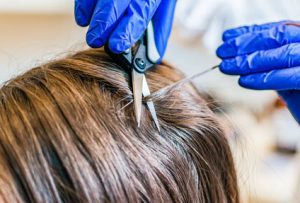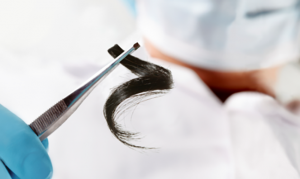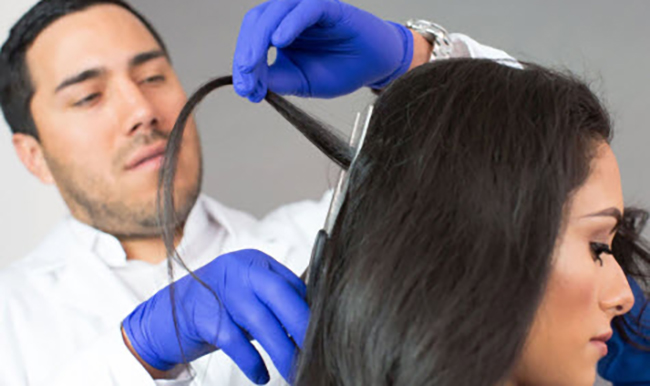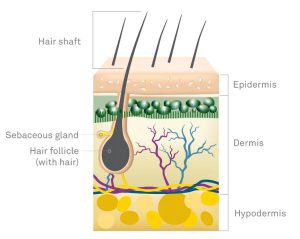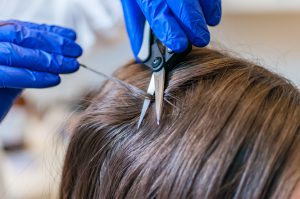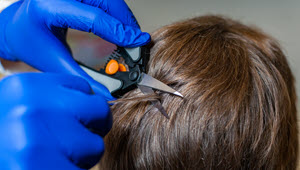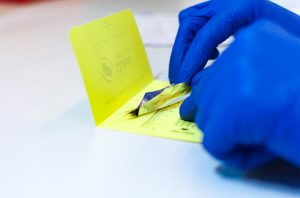Category: Hair testing
Quest Diagnostics hair testing now includes specific testing for Fentanyl and Methadone
Recent enhancements to our hair testing panels now allow for more specific testing for Fentanyl and Methadone.
Welcome to the way-back machine called hair testing
Risk and opportunity are linked, but maybe not in the way you think. Because with hair testing, the elimination of risk is the opportunity.
Ask the Experts: Hair drug test collections
The amount of hair needed for a hair drug test is approximately 100 milligrams made up of the first 1-½ inches from the root end. The hair is typically cut from the crown of the back of the head in a manner where it will not be as noticeable. Learn more about hair drug test collections.
Ask the experts: Hair testing vs. hair follicle testing
What is the difference between hair drug testing and hair follicle drug testing? We asked a Quest expert to explain.
Ask the experts: Effects of hair treatments on drug test results
Our scientific expert, Dr. Barry Sample, answers the question: Can products and treatments affect hair drug test results?
Common questions about hair testing
An expert from Quest Diagnostics answers some of the most common questions about hair drug testing.
Back to basics – What you need to know about each drug test specimen
Our webinar series teaches you the fundamentals of the most popular drug test specimens to help employers execute a successful workforce drug testing program. Watch now.
Proposed guidelines for hair drug testing
SAMHSA has proposed scientific and technical guidelines for the inclusion of hair in Federal drug testing programs. Note: These are only proposed Guidelines and hair testing is not approved for any Federally mandated drug (eg, DOT) testing. Read all public comments online including those from Quest.
Advantages of hair drug testing in transportation
Hair drug testing can benefit all aspects of your business, but especially transportation.
What you need to know about hair drug testing
Employers choose hair testing to help identify habitual and periodic drug users using its 90-day drug detection window. Get the facts.

